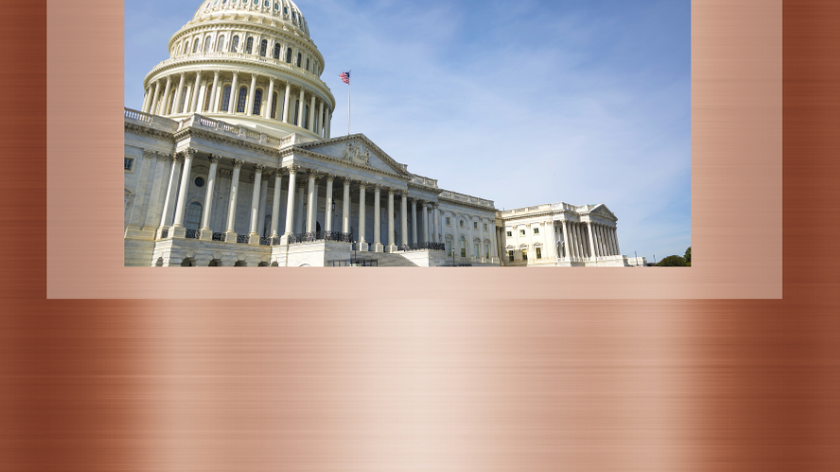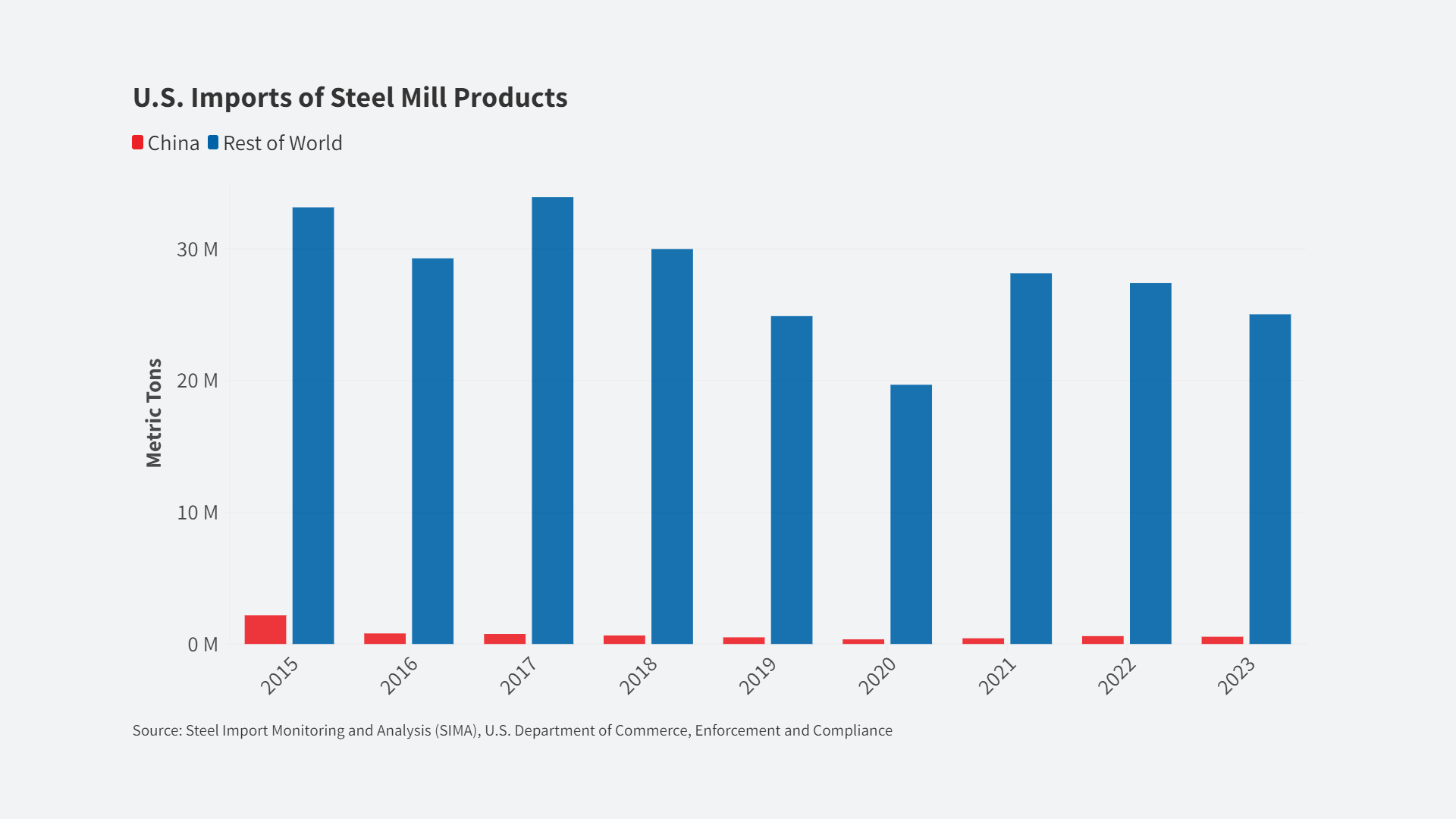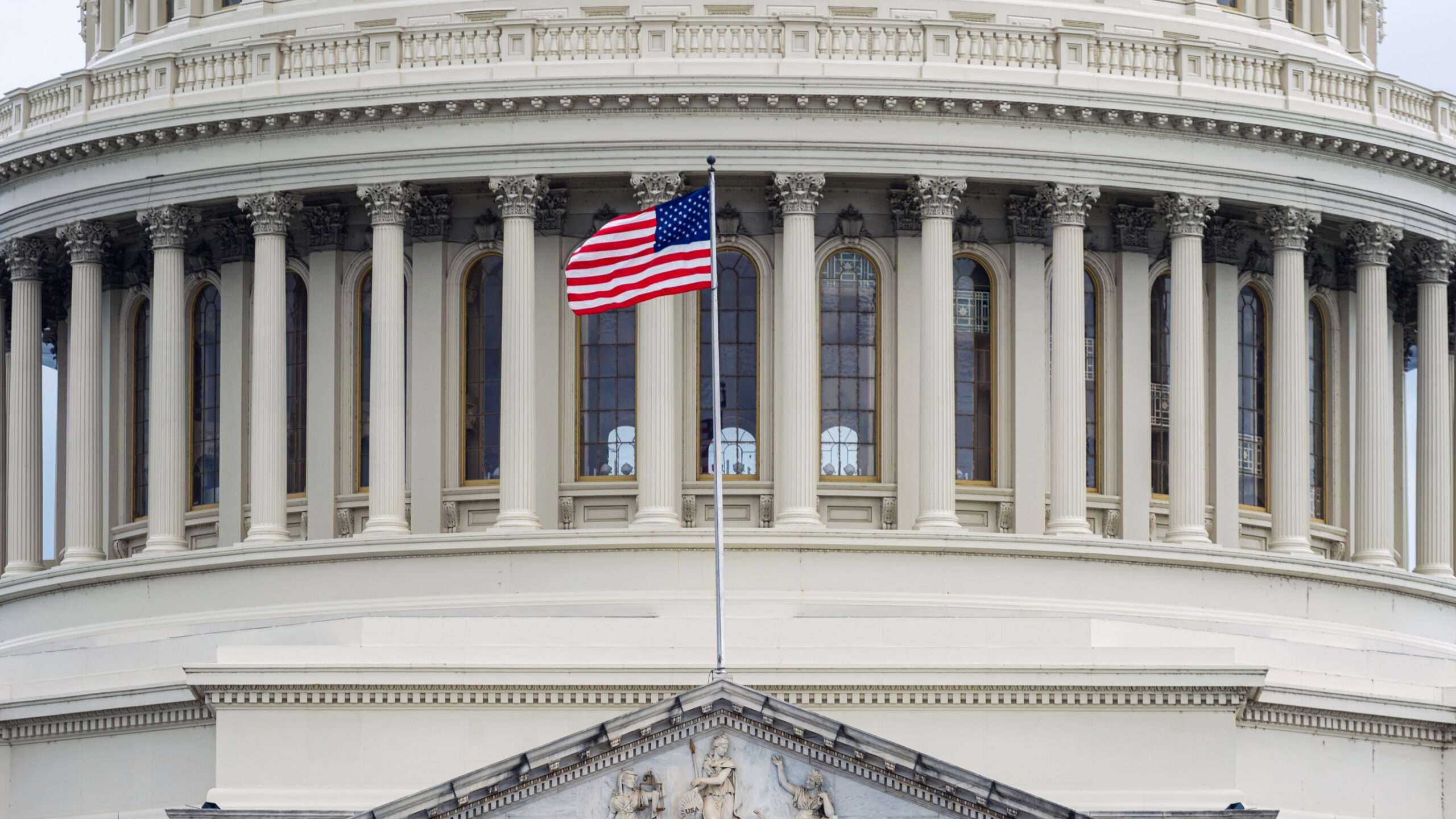Editor’s Note: Michael Stumo is CEO of the Coalition for a Prosperous America (CPA). Follow him at @michael_stumo
The coronavirus has transformed America’s landscape, putting a renewed emphasis on hygiene measures in public places and medical facilities. In response, the Trump administration is calling on U.S. companies to ramp up production of needed medical supplies like face masks. However, there’s another step Washington can take to help keep Americans safe.
[Michael Stumo | March 27, 2020 | Medium]
Research published in the New England Journal of Medicine reports that copper has demonstrated a surprising ability to kill germs and pathogens, including the virus responsible for the coronavirus pandemic. The study found that “no viable SARS-CoV-2 was measured after 4 hours” of exposure to a copper surface. In contrast, common materials like plastic and stainless steel allow the virus to persist longer. The study noted that the “longest viability of both viruses was on stainless steel and plastic.” In some cases, “viable virus was detected up to 72 hours after application.”
All of this suggests a helpful medical breakthrough for COVID-19. The Journal of Medicine reports that Italy has found hospitals may be the main transmission mechanism for the virus. Copper could be repurposed for door handles, knobs, faucets, nursing stations, bedrails, and countertops in U.S. hospitals. Doing so could lead to a proliferation of antimicrobial “touch surfaces” that would help to reduce the transmission of common illnesses.
Copper’s ability to kill germs isn’t new. In 2008, the U.S. Environmental Protection Agency (EPA) started to register the antimicrobial properties of copper alloys. The EPA determined that copper, brass, and bronze are indeed capable of killing harmful, potentially deadly bacteria. And a separate study by the UK’s University of Southampton found that copper-base alloys containing 65 percent or more copper content are effective against MRSA and staph, among other infections.
It’s helpful that copper has received this type of antibacterial registration from the EPA. But thanks to governmental bureaucracy, copper’s own attributes are also working against it. In an odd twist, the EPA chose to classify copper as a pesticide. That classification has subsequently prevented the marketing and use of copper for touch surfaces — since every business in the supply chain is required to comply with pesticide handling rules.
In 2018, America’s mines produced more than 1.3 million short tons of copper ore. And the nation’s casting furnaces produced nearly 3 millionshort tons of refined copper, with almost one-third of that coming from scrap and recycled material. The United States can undoubtedly produce the copper needed to refurbish hospitals and other buildings with safer surfaces.
However, America’s copper producers will need Washington’s help. The EPA’s classifying of copper as a “pesticide” is impractical — and simply limits its wider use at a crucial time.
As the coronavirus spurs rapid changes in America’s healthcare system, it’s time to consider new breakthroughs. Copper alloys could reduce the proliferation of live bacteria and viruses in busy hospital wards and intensive care units. Washington should act now to help spur the wider use of copper. It won’t make sense to wait until the next pandemic in order to start making improvements that could save lives.
Read the original article here.













